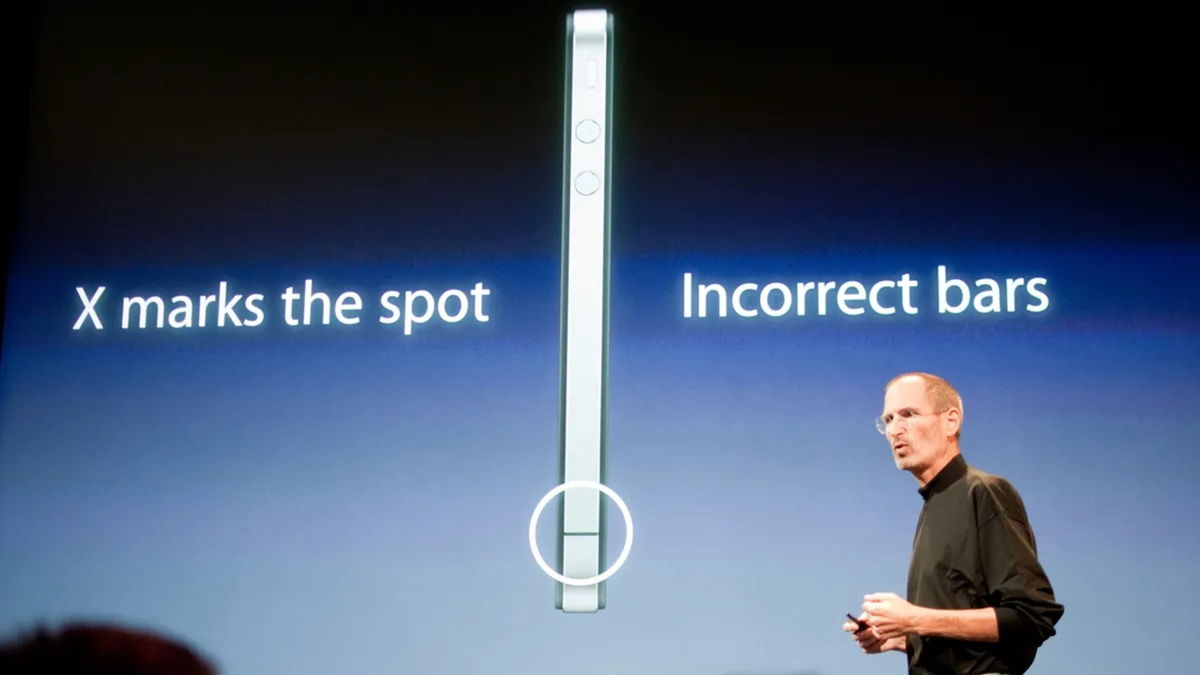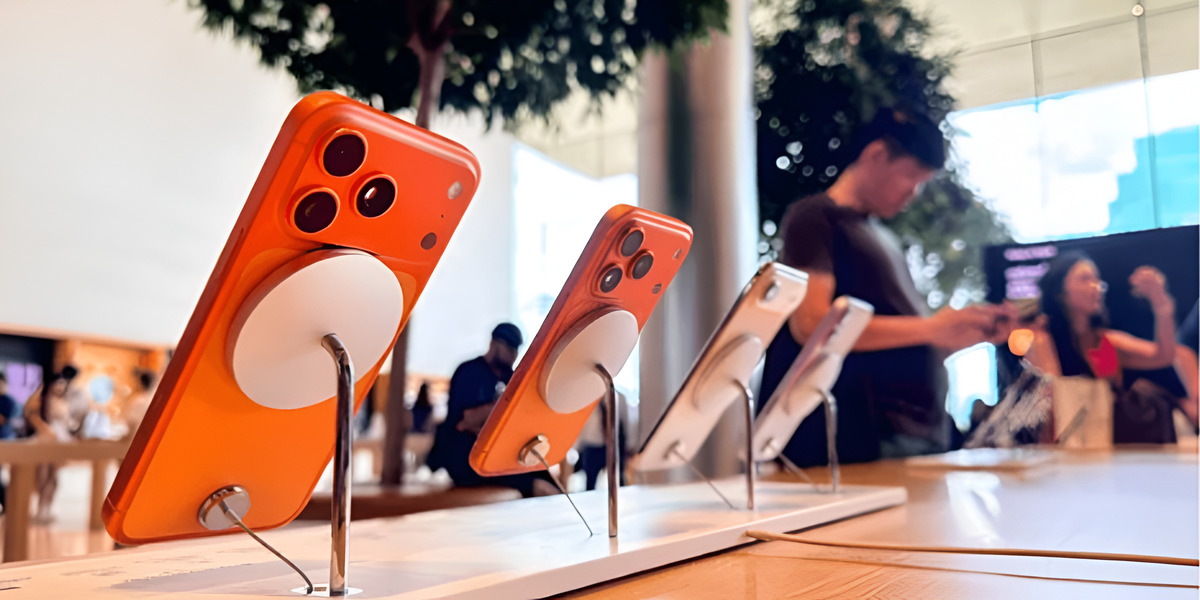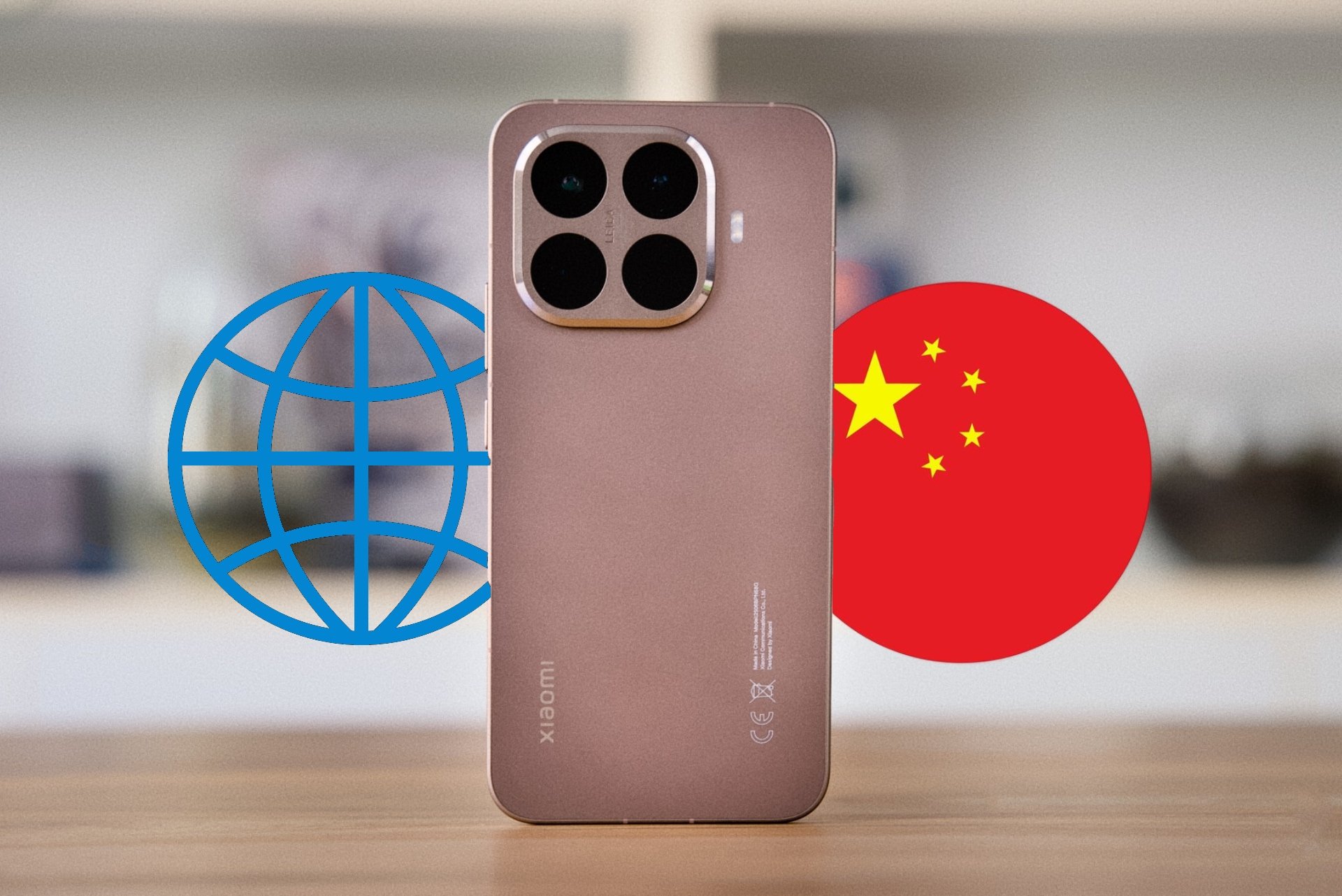Samsung just introduced a new one Galaxy S25, S25+ and S25 Ultrawith very interesting news. True, there are not so many changes compared to last year’s models, but even so they represent another step forward in the evolution of the brand’s flagships.
At the design level, the most important changes are seen in the Galaxy S25 Ultra. This version ditched the boxy aesthetic to make room for more rounded corners. While the S25 and S25+ are clearly a standing bet when you compare them head-to-head with their predecessors.
In this article we take the opportunity to look at main differences which exist among the three members of the Samsung Galaxy S25 family. While there are several similarities across the entire line, not just in specific hardware matters but especially at the software feature level, we think it’s important to pay particular attention to the elements that set these mobile phones apart from each other.
Key differences between Samsung Galaxy S25, S25+ and S25 Ultra
The first difference, and the most logical one, is related to the size of the screens and the overall dimensions of the devices. The three Galaxy S25s feature 2X AMOLED panels; basic version 6.2 inches with FHD+ resolutionand for S25+ 6.7 inches with QHD+ resolution. At the same time, on the Galaxy S25 Ultra the screen 6.9 inchesalso with resolution QHD+. It is worth noting that in all cases an adapted refresh rate from 1 to 120 Hz, Vision Booster and adaptive color tone are offered.



If we focus on the overall dimensions and weight of new Samsung smartphones, the distribution looks like this:
- Galaxy S25: 146.9 x 70.5 x 7.2 mm/162 grams;
- Galaxy S25+: 158.4 x 75.8 x 7.3 mm/190 grams;
- Galaxy S25 Ultra: 162.8 x 77.6 x 8.2 mm/218 grams.
In terms of cameras, the Galaxy S25 and S25+ have the same front and rear sensor setup. Of course, they are different from those implemented in the Galaxy S25 Ultra, which is the top of the line of Samsung’s new family of models. Below is a comparison:
| Galaxy S25 and S25+ | Galaxy S25 Ultra | |
| rear cameras | The main sensor is 50 MP with optical image stabilization, f/1.8 aperture and 85° viewing angle. 12 MP ultra-wide-angle sensor with f/2.2 aperture and 120° viewing angle. 10 MP telephoto lens with 3x optical zoom, f/2.4 aperture and 36° viewing angle. |
The main sensor is 200 MP with optical image stabilization, f/1.7 aperture and 85° viewing angle. 50 MP ultra-wide-angle sensor with f/1.9 aperture and 120° viewing angle. 50 MP telephoto lens with 5x optical zoom, optical image stabilization, f/3.4 aperture and 22° field of view. 10 MP telephoto lens with 3x optical zoom, optical image stabilization, f/2.4 aperture and 36° field of view. |
| front camera | 12 MP sensor with f/2.2 aperture and 80° viewing angle. | 12 MP sensor with f/2.2 aperture and 80° viewing angle. |
Memory, RAM and battery
The new Samsung Galaxy S25, S25+ and S25 Ultra are equipped with this chip. Snapdragon 8 Elite for Galaxyfrom Qualcomm. All three models also come with 12GB of RAM, but they differ in the number of memory and storage configurations available.
The standard Galaxy S25 will be offered in three variants: 12 + 128 GB, 12 + 256 GB and 12 + 512 GB. For its part, the S25+ will only be available in versions with 12+256 GB and 12+512 GB. Although the Galaxy S25 Ultra will be the only one with 12 GB RAM + 1 TB internal memoryand will also be available in intermediate versions with the same amount of memory, but with 256 or 512 GB internal space.
There are also logical differences in the battery section between the three new Samsung phones. Galaxy S25 comes with the smallest one, that is 4000 mAh and supports wired fast charging up to 25W, wireless charging and PowerShare. In the case of the S25+, we see a much more capacious battery. 4900 mAhwhich supports fast wired charging up to 45W, and also has support for wireless charging and PowerShare.
Regarding the Galaxy S25 Ultra, Samsung also did not want to give surprises. The smartphone comes with a battery capacity 5000 mAh which supports fast wired charging up to 45W. It also features PowerShare and charges wirelessly, and it couldn’t be any other way.
Batteries are a segment where Samsung has unfortunately stagnated in recent years; especially when it comes to their flagships. Especially when you consider that other manufacturers have already begun to adopt batteries with higher capacity and much greater charging power. Here it is obvious that the Koreans are losing greatly.
Galaxy S25 is a constant bet


As we indicated at the beginning, the changes made to the Samsung Galaxy S25 much less radical than those we’ve seen in previous years, and the same applies to the differences between the three models.
When reviewing the specification tables, it quickly becomes apparent that there are more similarities than differences in key elements. Same chip, same RAM, same connectivity (WiFi 7, 5G, Bluetooth 5.4, etc.), same waterproof rating (IP68), etc.
We must not forget that this year Samsung decided to bet on software quality. Android 15/one interface 7 and its artificial intelligence functions. This is where it strives to compensate for the lack of brilliant improvements at the hardware level.
The Galaxy S25, S25+ and S25 Ultra can now be reserved and will be available on the website. February 7. The first two are offered in grey, navy, blue and mint; while the Ultra version has Blue Titanium, Gray Titanium, Silver Titanium and Black Titanium options.
Subscribe to Hypertext daily newsletter. Get the most important, up-to-date information on technology, science and digital culture delivered to your inbox every day.
Source: Hiper Textual
I’m Ben Stock, a highly experienced and passionate journalist with a career in the news industry spanning more than 10 years. I specialize in writing content for websites, including researching and interviewing sources to produce engaging articles. My current role is as an author at Gadget Onus, where I mainly cover the mobile section.














